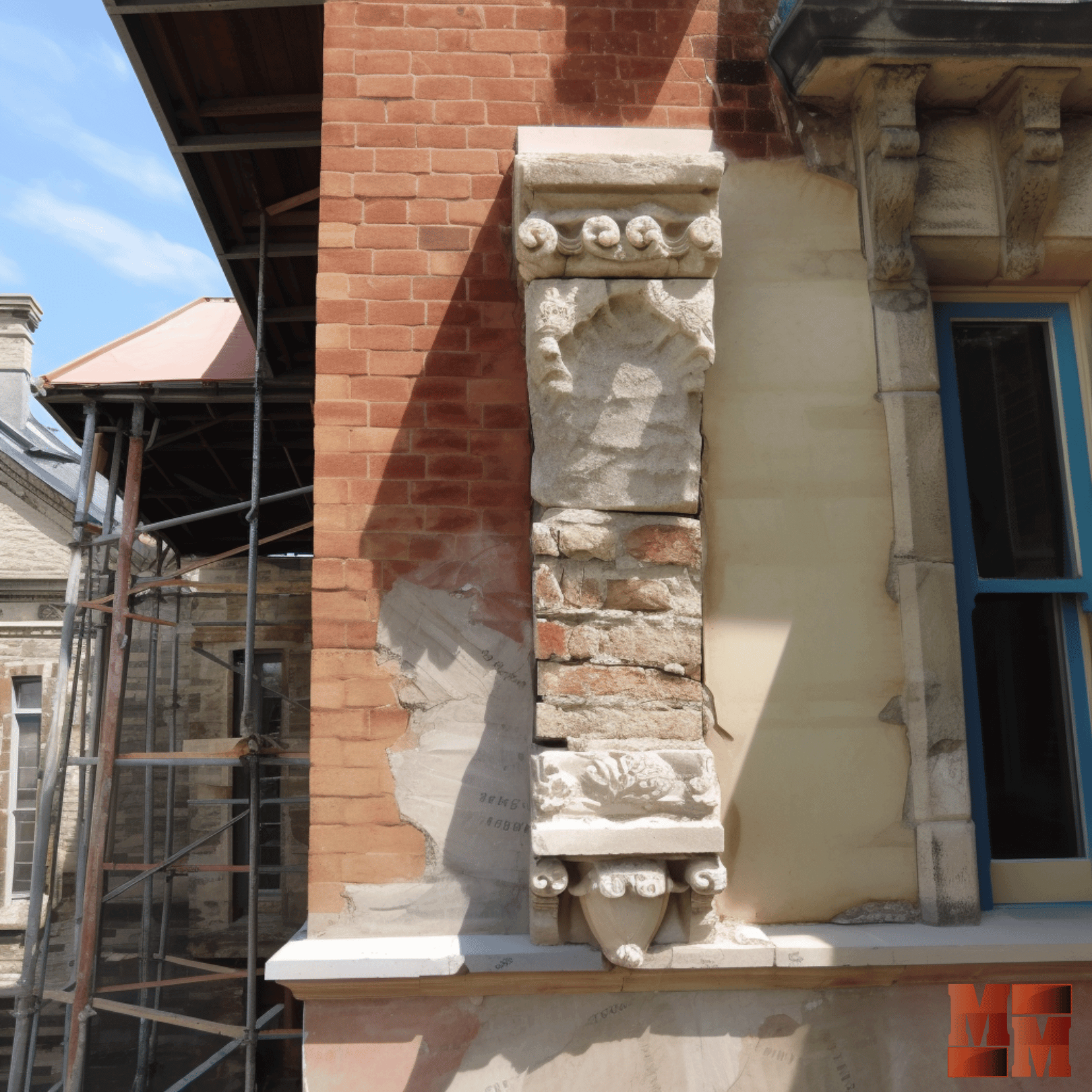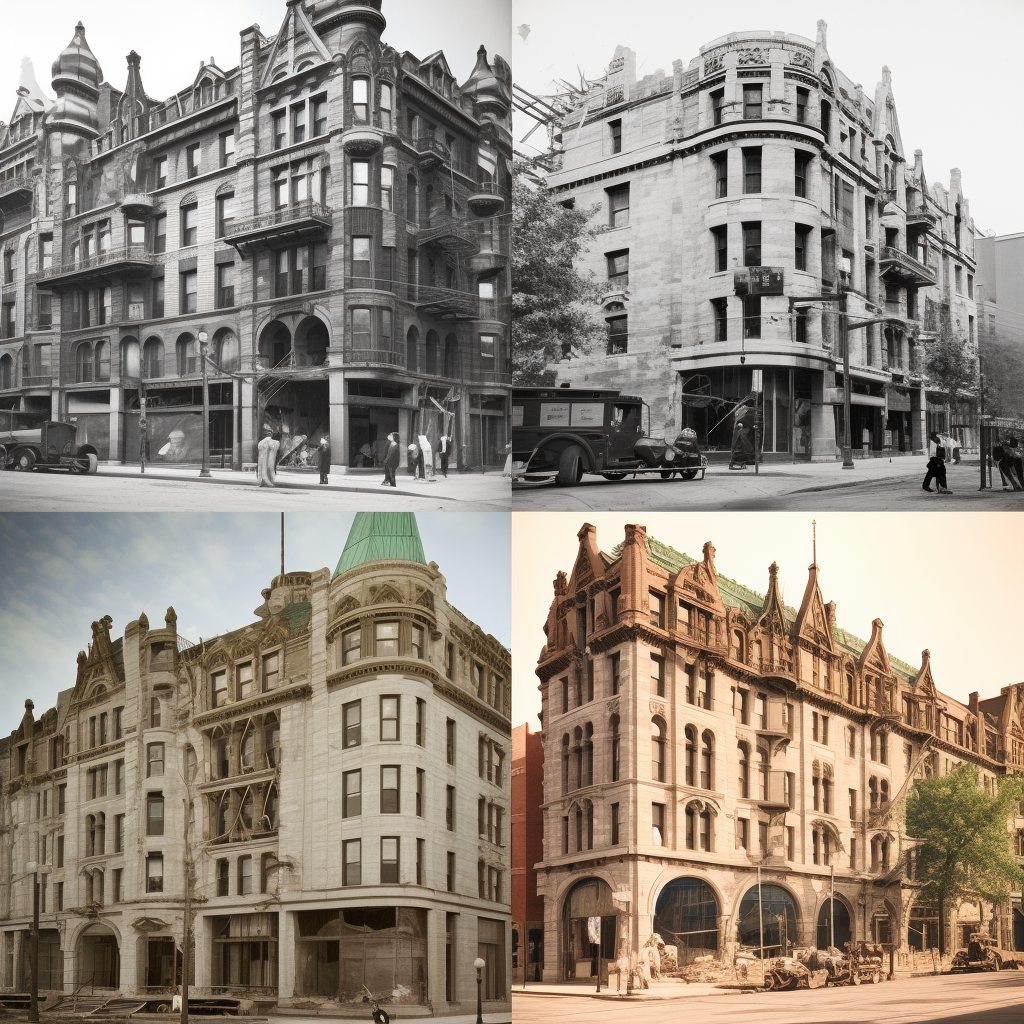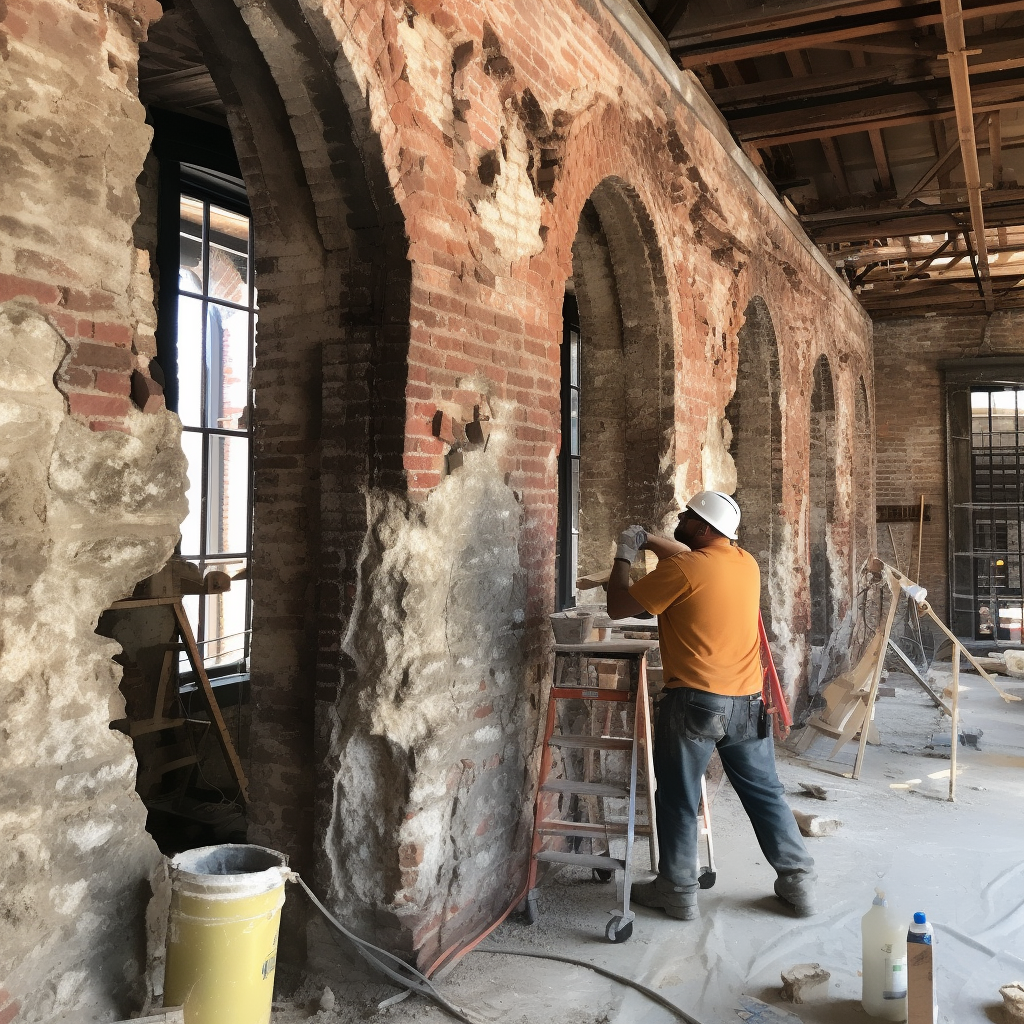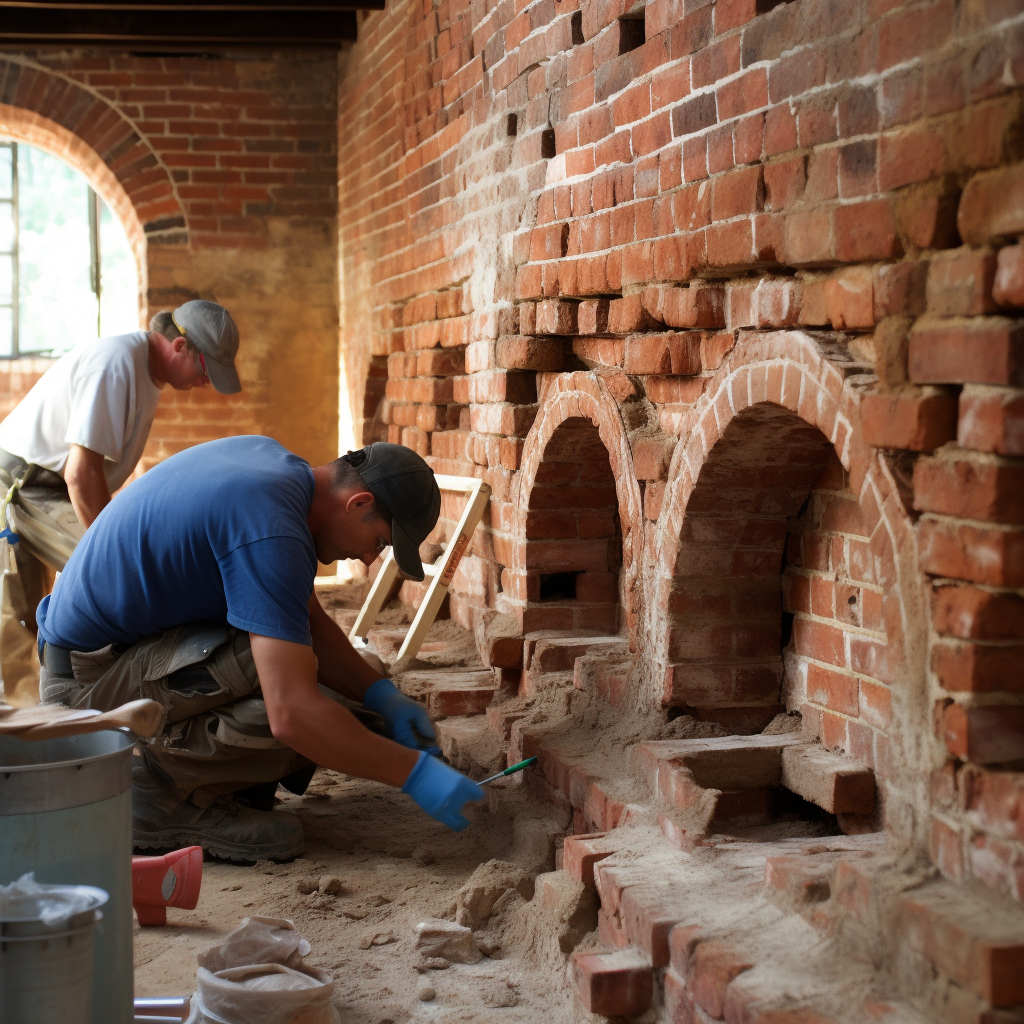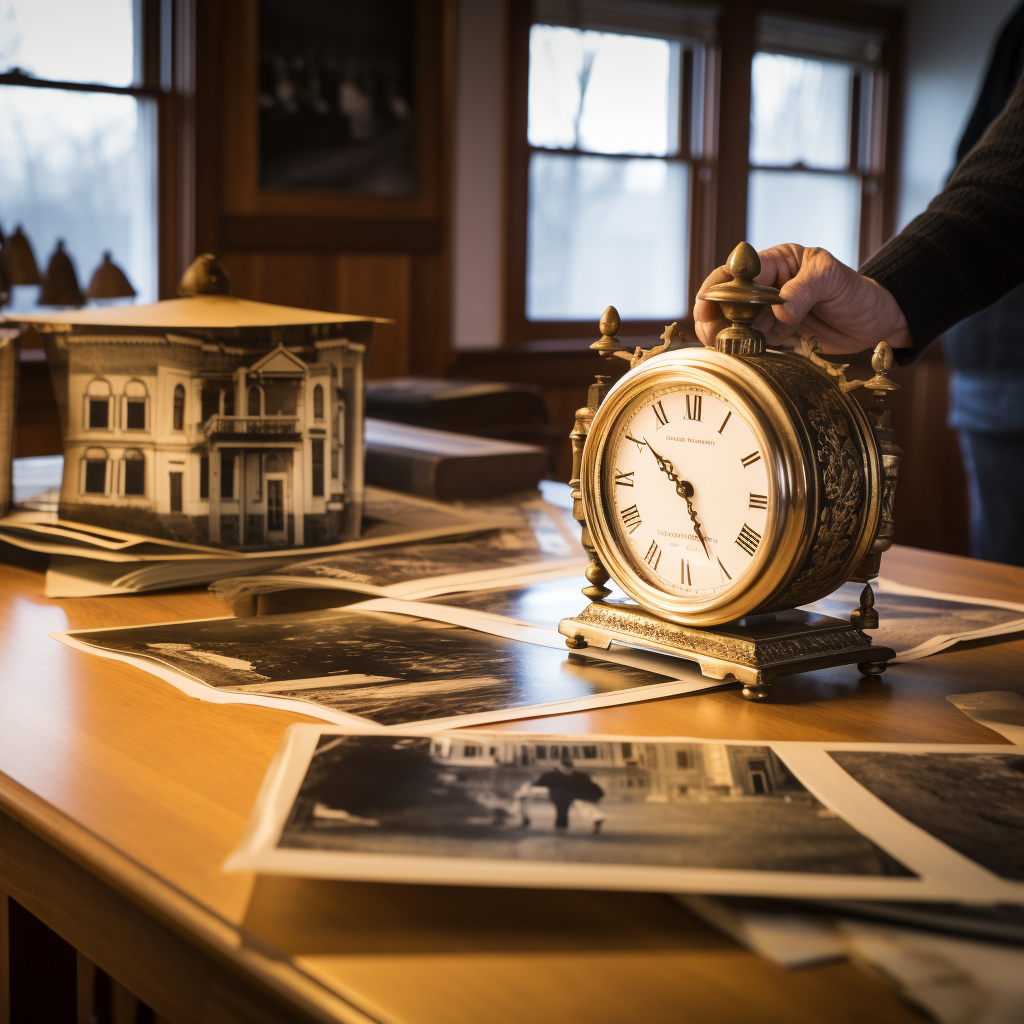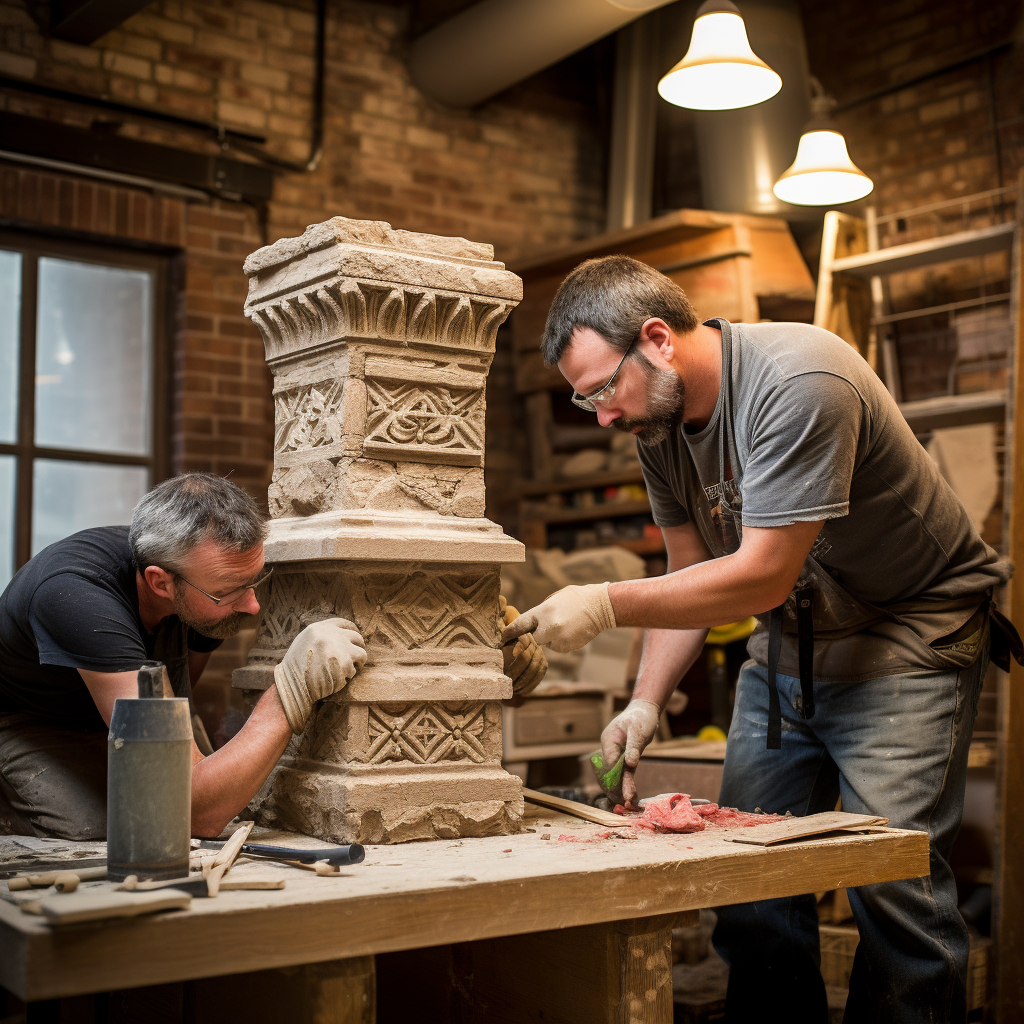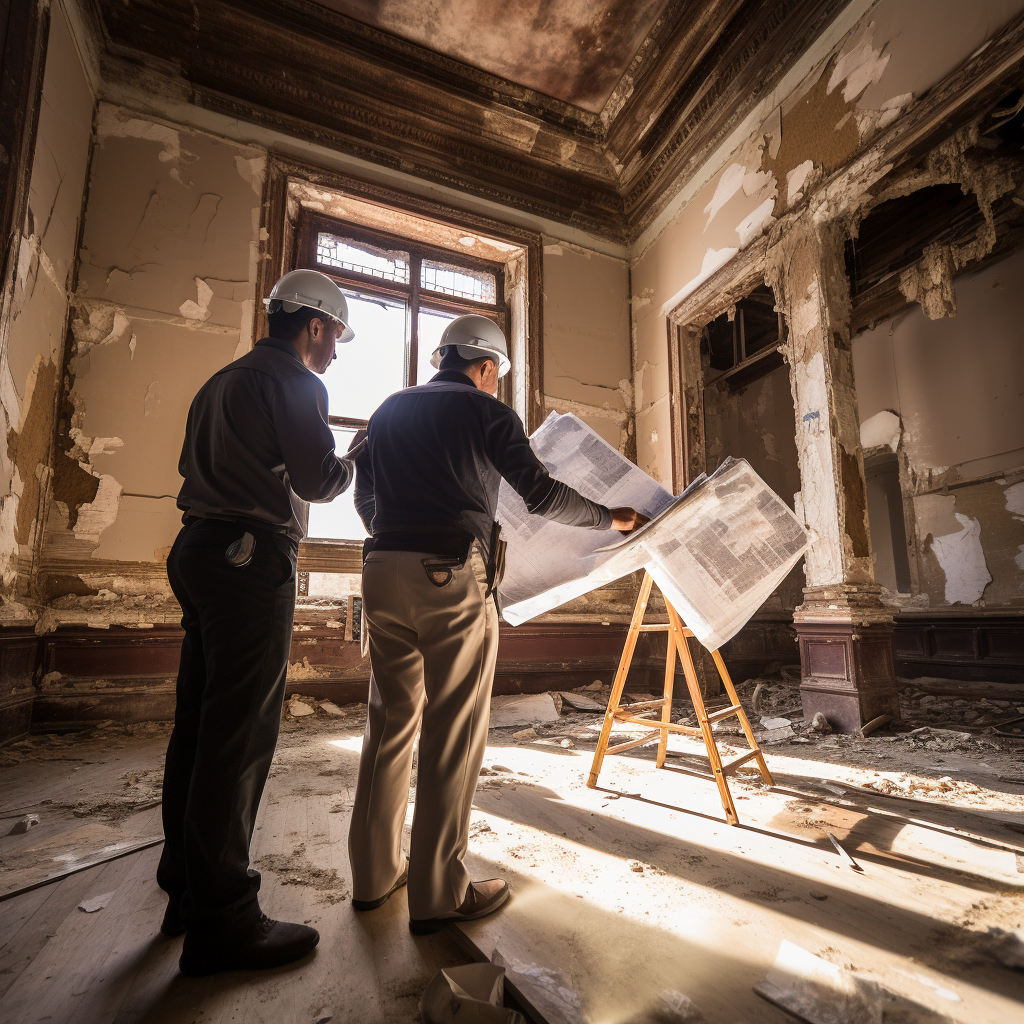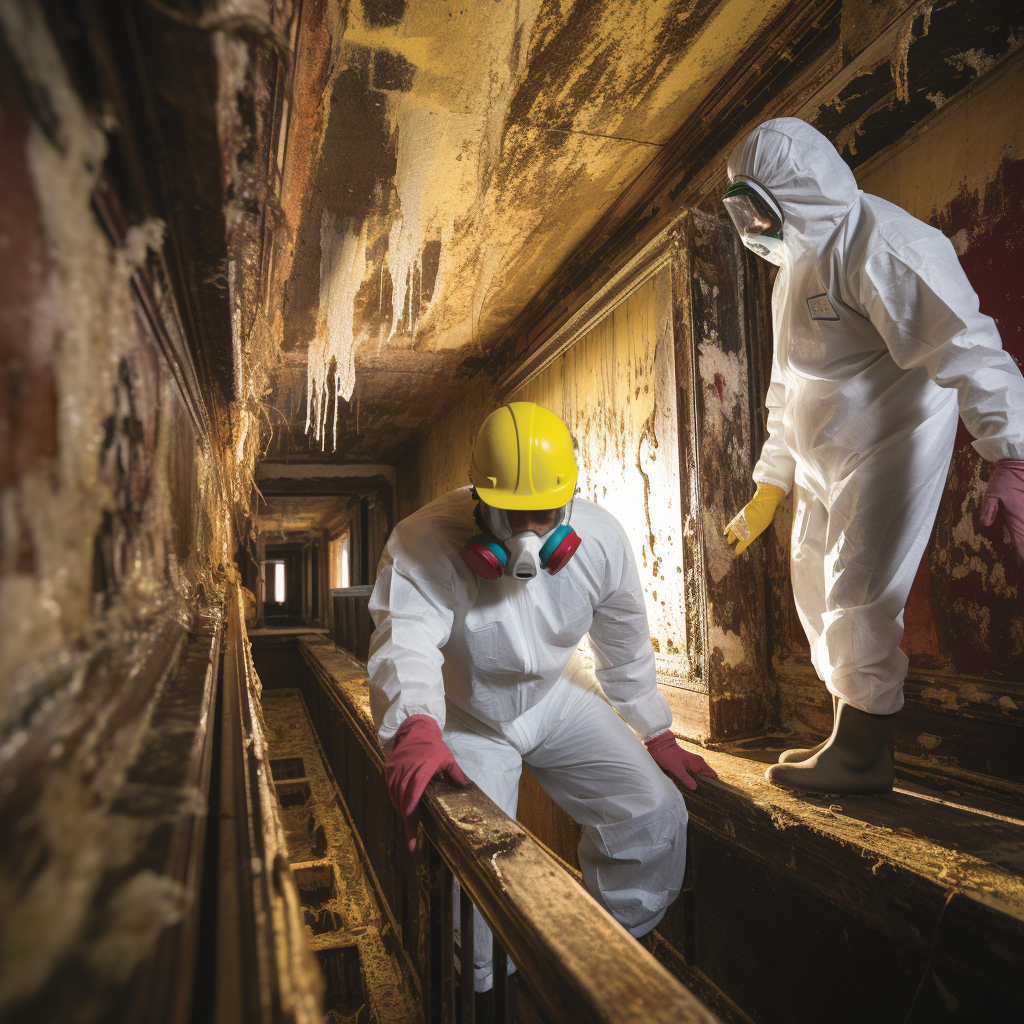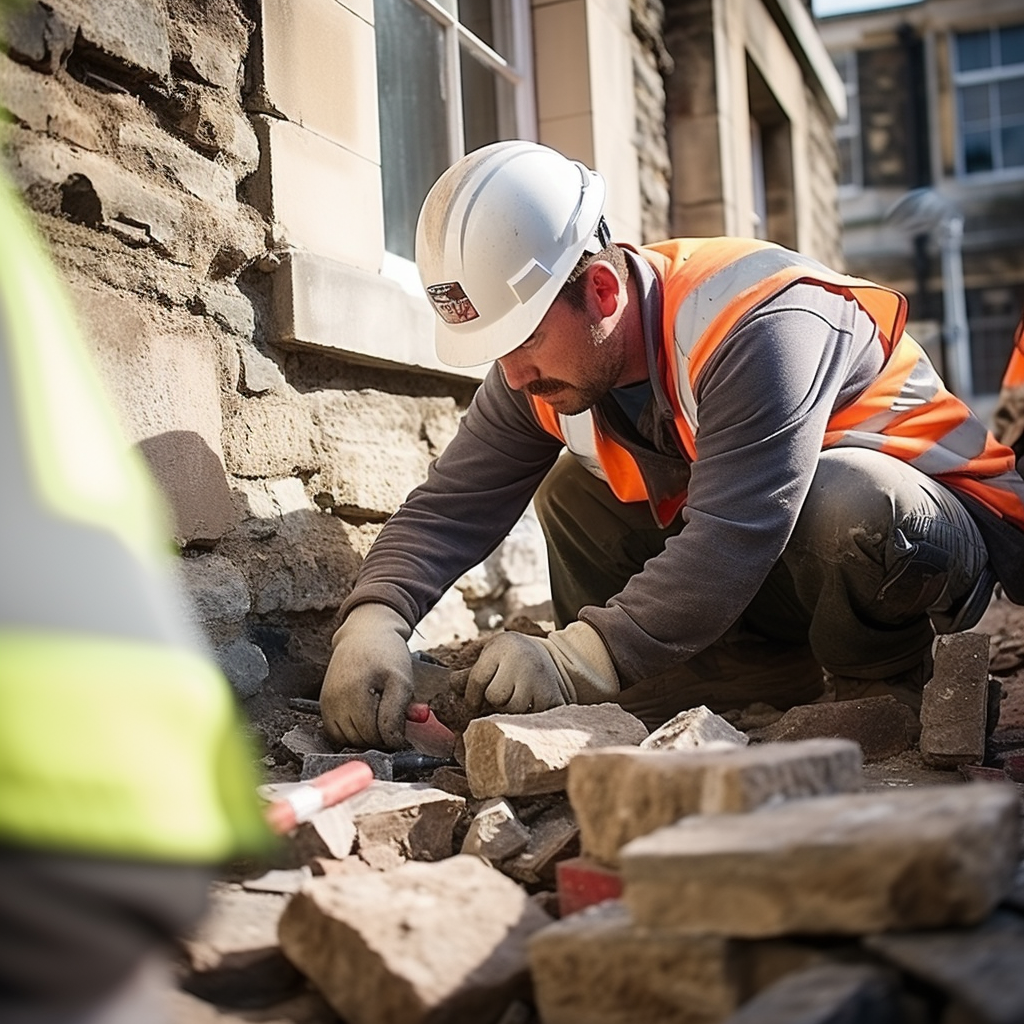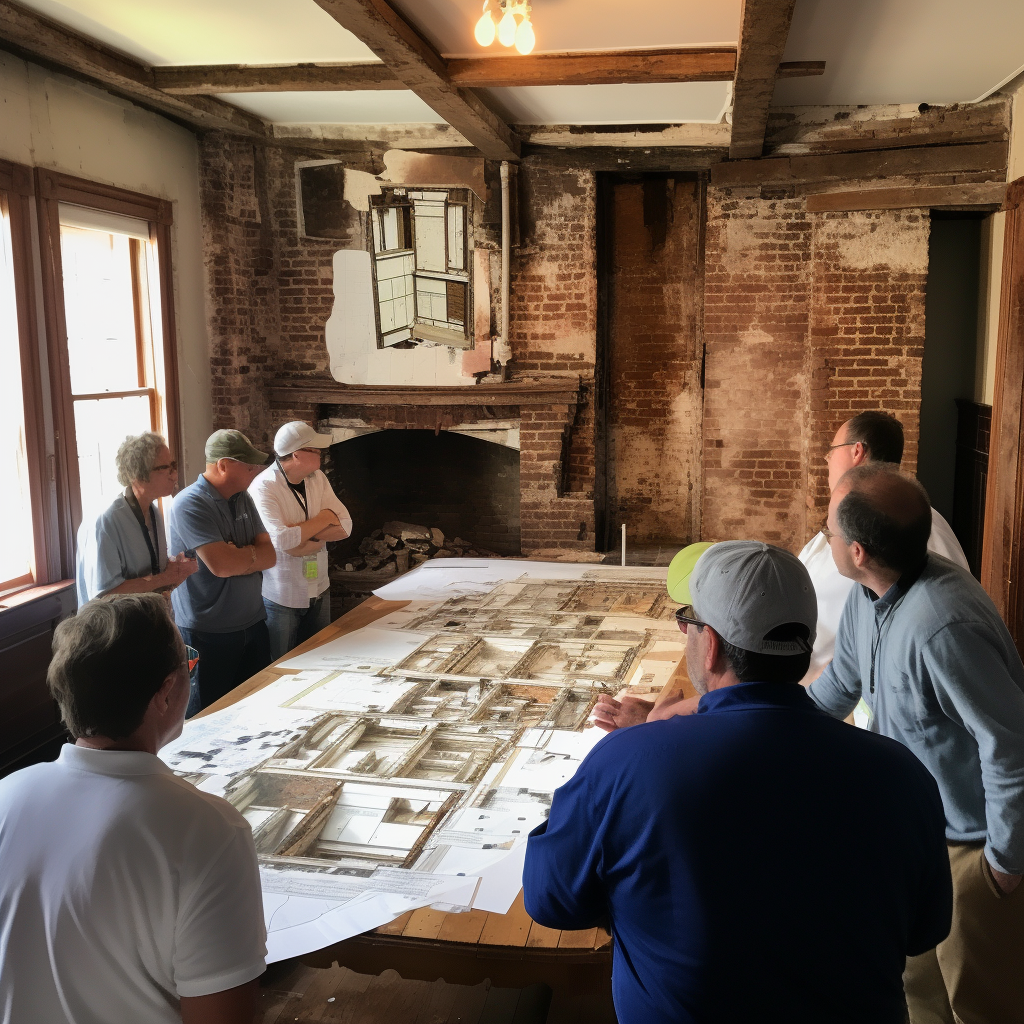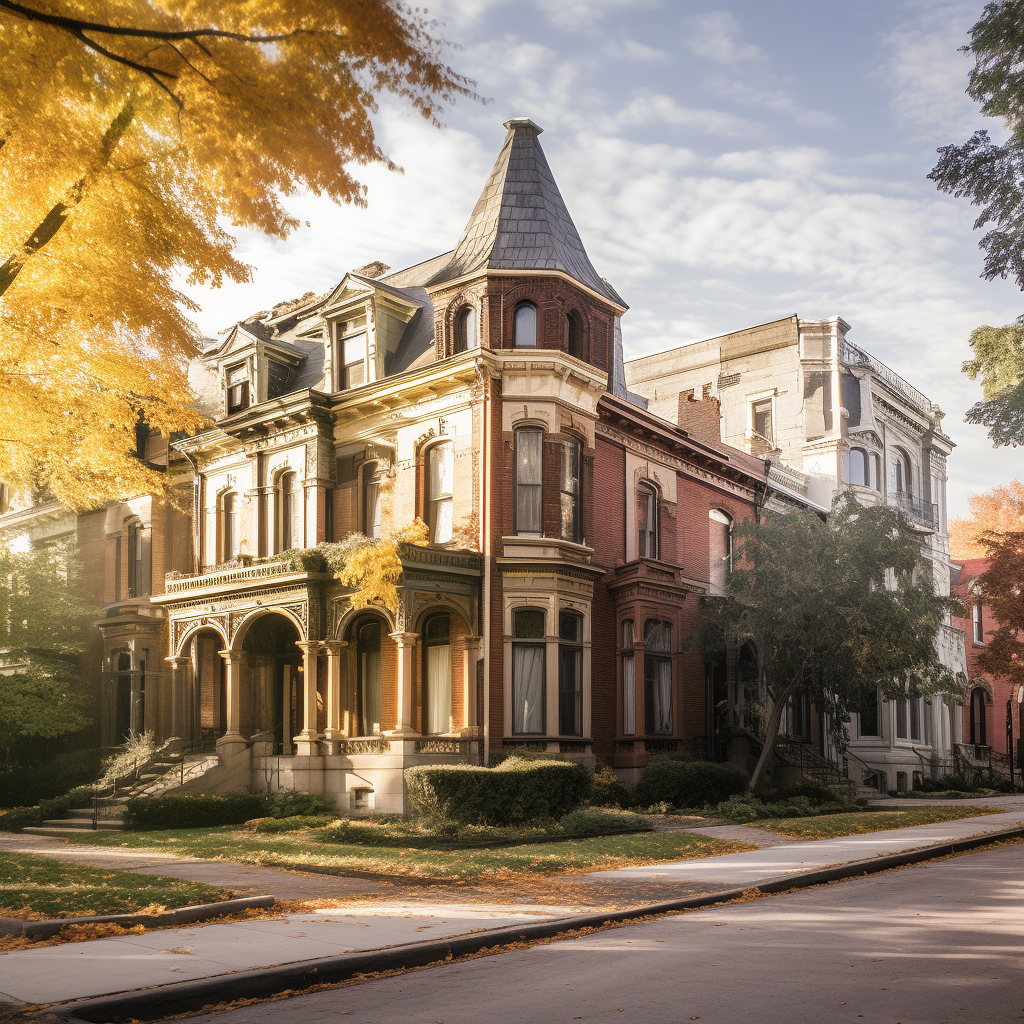Heritage Restoration: Preserving History Through Masonry
Masonry is one of the oldest and most durable building materials in the world, and has been used for centuries to construct buildings that stand the test of time. From ancient pyramids to modern skyscrapers, masonry has proven to be a reliable and resilient building material. However, many historic masonry structures have fallen into disrepair over time, and require restoration to preserve their historical significance and structural integrity. In this section, we will explore heritage restoration, its importance, and the masonry techniques used to preserve historic buildings.
What is Heritage Restoration?
Heritage restoration is the process of restoring and preserving historic buildings, structures, and landmarks. These structures are often of great cultural or historical significance, and preserving them is essential to maintaining a connection to the past. Heritage restoration projects involve a careful balance of preserving the original structure while updating it to meet modern safety and building code standards. In many cases, masonry restoration is a crucial component of heritage restoration projects.
Why is Heritage Restoration Important ?
Historic buildings are an important part of our cultural heritage, and preserving them is essential to maintaining a connection to the past. These structures tell a story about our history, culture, and architectural heritage. Additionally, historic buildings often serve as landmarks and tourist attractions, contributing to the local economy and adding to the character of a city or town. By preserving historic buildings, we are not only protecting our cultural heritage, but also ensuring the economic and aesthetic value of these structures for future generations.
Masonry Techniques Used in Heritage Restoration
Masonry restoration is a key component of heritage restoration projects, as many historic buildings are constructed of brick, stone, or other masonry materials. Here are some of the masonry techniques used in heritage restoration :
- Tuckpointing : Tuckpointing is the process of removing deteriorated mortar from between bricks or stones and replacing it with new mortar. This technique is used to improve the appearance of the masonry and prevent further deterioration.
- Brick Replacement : If bricks have been damaged beyond repair, they may need to be replaced. When replacing bricks in a historic building, it is important to use a matching brick that is the same size, color, and texture as the original.
- Stone Replacement : Similarly, if stones have been damaged beyond repair, they may need to be replaced. When replacing stones in a historic building, it is important to use a matching stone that is the same size, color, and texture as the original.
- Stone Repointing : Stone repointing is the process of removing deteriorated mortar from between stones and replacing it with new mortar. This technique is used to improve the appearance of the masonry and prevent further deterioration.
- Cleaning : Cleaning the masonry is an important part of heritage restoration. The masonry may be cleaned using a variety of techniques, such as pressure washing, sandblasting, or chemical cleaning.
Conclusion
Heritage restoration is an important process that involves restoring and preserving historic buildings, structures, and landmarks. Masonry restoration is often a crucial component of heritage restoration projects, as many historic buildings are constructed of brick, stone, or other masonry materials. By using techniques such as tuckpointing, brick and stone replacement, stone repointing, and cleaning, masonry professionals can help preserve our cultural heritage and maintain the structural integrity and aesthetic appeal of historic buildings for years to come.

